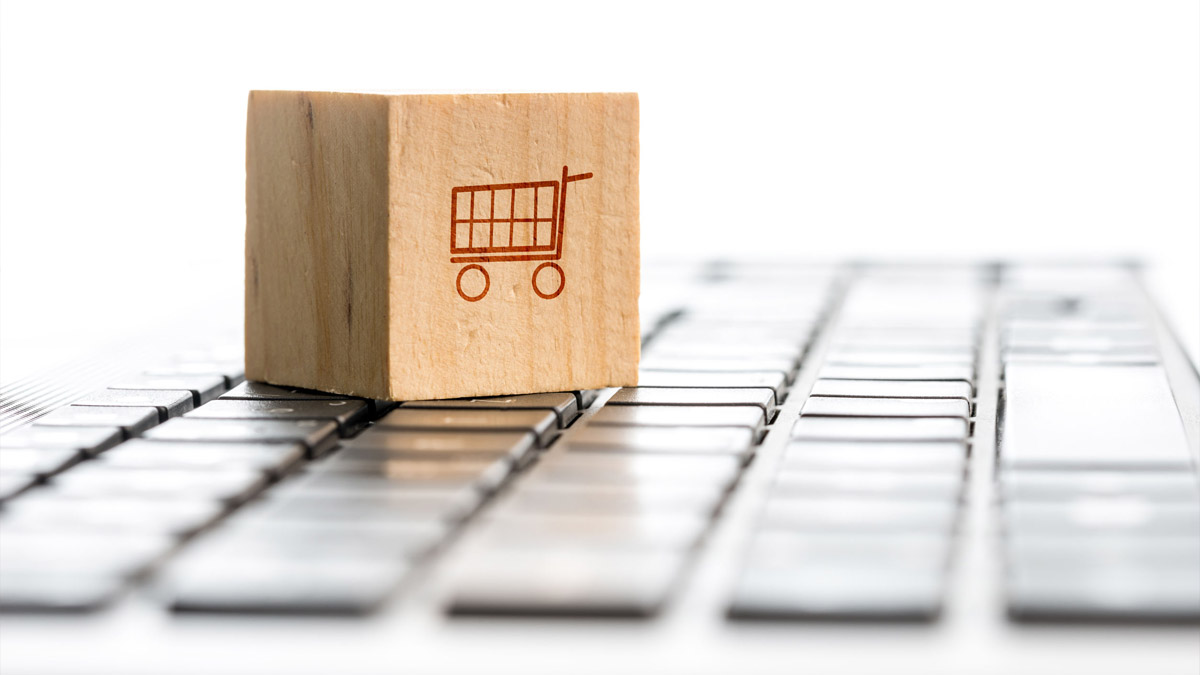With the generalization of the e-commerce model, the internationalization of a company no longer requires exorbitant investments in facilities, logistics or personnel. Now, thanks to Amazon and other marketplaces that facilitate Internet sales beyond national borders, commercializing products in other countries is within the reach of businesses of all sizes.
These platforms are an excellent option for carrying out tests in new markets before launching a more ambitious internationalization project; as well as for liquidating stock or generating additional income. Above all, because consumers are becoming more inclined to make their purchases through the online channel. For example, according to the e-commerce manual for the internationalization of ICEX Spain Export and Investment, e-commerce sales grew by 10.7% worldwide between 2013 and 2018.
What companies can internationalize their business with marketplaces?
Practically any company can sell abroad through Amazon and other marketplaces. However, there is a business profile with more possibilities of success within these areas, and it would have the following characteristics:
- B2C orientation. Focused on the final consumer.
- Products or services with a clear distinctive advantage. Either because of their low availability in the target market or because of their exclusive or innovative characteristics.
- Limited price range. The ICEX manual recommends the price per unit to be between 50 and 500 euros, on the one hand to compensate for the cost of the investment; and on the other, to avoid legal complications and the reluctance of users to make very high payments online.
- Slight logistical complications. To prevent the costs of transportation and delivery of orders from skyrocketing.
Selling in international marketplaces: how and in which ones
How to undertake business internationalization via marketplaces? The first thing is to answer these three questions in order: in which countries, marketplaces and with which payment methods.
1. Which country or (countries) to enter?
To determine this, the digital maturity of the territories must be analyzed, as well as the market share of online sales and marketplaces within it. Nor should we lose sight of the competition and the consumption habits of each region or country.

2. In which marketplace(s)?
Each country has its own marketplace, both sectorial (specialized in one vertical) and general. It is crucial to choose the most suitable ones according to the characteristics of each business.
For example, internationalizing the business in China means opening the door to Tmall, while in Japan it would be impossible to operate without the use of Rakuten. Amazon, on the other hand, is usually the most profitable option in the European and American markets.
Borja Pesquera, Managing Director at Labelium Spain
3. With which payment methods?
The more possibilities given to the user, the better. Above all, you have to make sure you offer the most popular gateways in each country. Following the example of China, it would be a mistake not to allow payment with WeChat Pay.

Steps to internationalize business with Amazon and other marketplaces
The internationalization of the company through marketplaces continues with the design of a strategic and technical plan that addresses issues such as:
- List of products to be sold on each channel.
- Pricing policy and offers.
- Selection of the internal team in charge of the project and/or specialized external partners.
- Administrative and technical tasks to be completed for registration in each marketplace.
- Development of positioning, promotion and continuous optimization.
Digital marketing in marketplaces
For the internationalization of the business to be effective, a good initial approach is not enough. Later, the day-to-day management of feeds and good digital marketing practices will have to be dealt with, which will increase visibility, and therefore, product sales.
The best option is a mix between SEO tactics, optimization of brand pages and product sheets in the marketplace, to appear in the best positions within the search results. Also, not forgetting about advertising tactics and taking advantage of the advertising options that each platform allows.
Borja Pesquera, Managing Director at Labelium Spain
In Amazon’s case, it is possible to work on two types of factors that will sway the algorithm into favoring certain product pages over others:
- On-page aspects. This includes the description of the article and the insertion of quality images. Amazon also rewards historical availability (if there is always stock, better) and sales, as well as obtaining positive reviews.
- Advertising push. Amazon offers its sellers various paid search and advertising solutions. These are sponsored products (managed using keywords), sponsored brands, display advertising and video ads.







